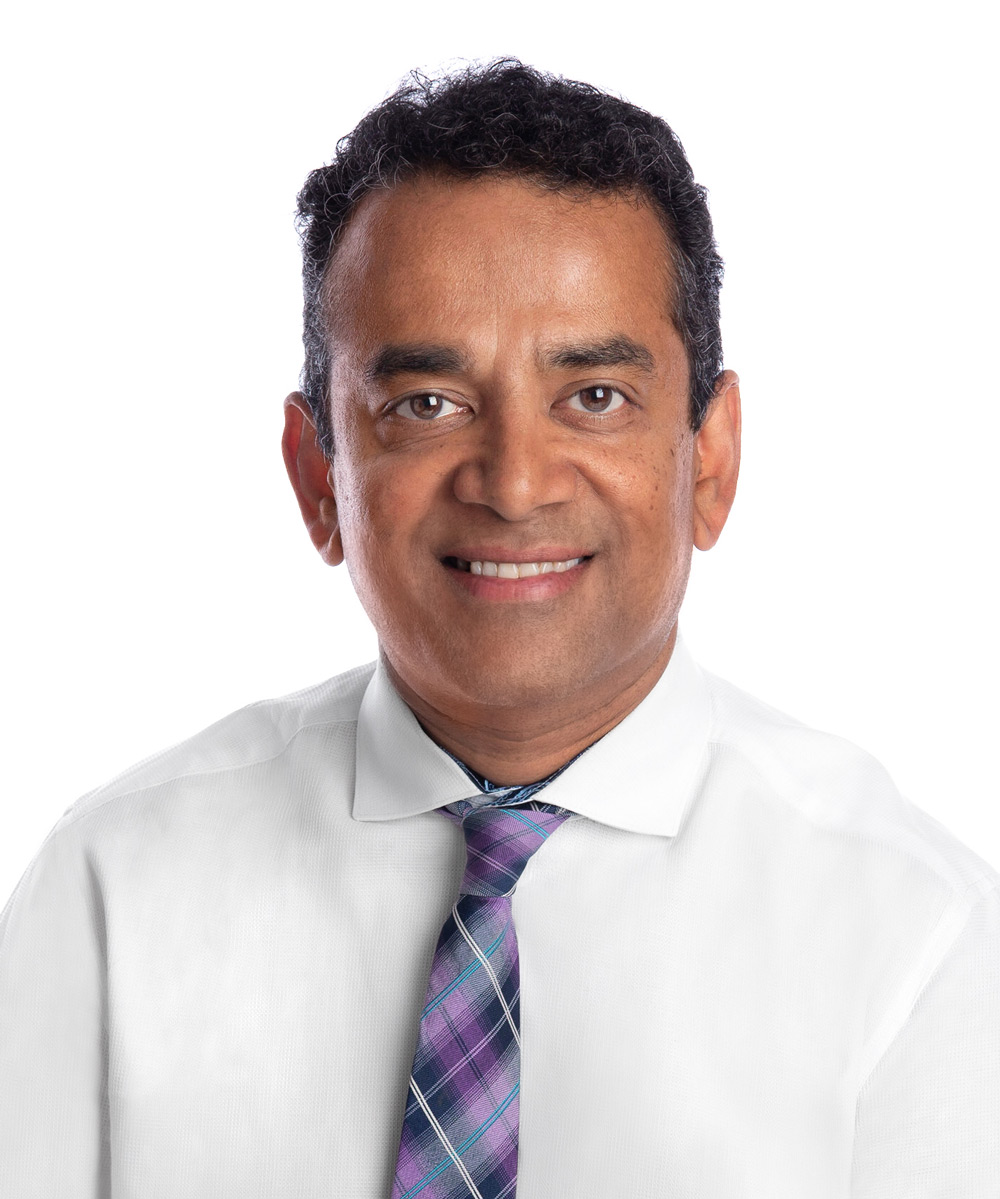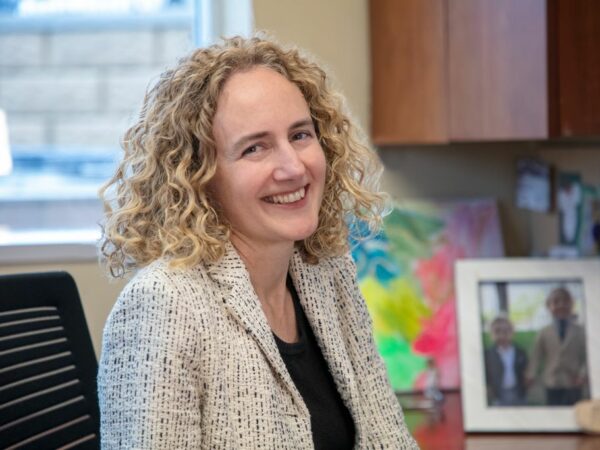
Profiles in Care: Raj Varadhan, PHD, DABR, DABMP – Director of Physics/ Technology for MRO
Radiation oncology is all about harnessing different types of energy to fight cancer, but Dr. Raj Varadhan, Director of Physics Technology for MRO, exudes a special kind of energy that’s all his own. “I’m very proud of the work we do at MRO, “he says, “we take great pride in applying state-of-the-art technology in a way that’s appropriate for each patient.”
It was the opportunity to help people that first attracted Dr. Varadhan into the field of medical physics. “This was a chance to use my nuclear physics background in a practical way to benefit other people,” he says. His training in physics, radiological physics, and in clinical, basic medical, and radiobiological sciences, adds a unique perspective to MRO treatment programs.
Raj Varadhan, Director of Physics Technology, and Mary Fox, Director of Physics Administration, supervise a highly-qualified staff of 14 physicists at 11 MRO Therapy Centers. Today, advancements in cancer treatment technology have expanded the role of the physicist in the personalized care of each patient.
Today, MRO physicists perform an important role in every patient’s care, working along with the radiation oncologist, and supervising the technical care team – the radiotherapy technologist and dosimetrists – to assure the accurate delivery of all aspects of a treatment prescription.
The first responsibility of Dr. Varadhan and his team is to the patient – to assure the best possible treatment.
“It’s important for patients to know that a highly-qualified physicist checks every procedure. And at MRO, all our physicists have the same American Board of Radiology (ABR) certification as our radiation oncologists.”
Cancer treatment is very personalized – specific types of cancer require different treatments– including the type of radiation used. Depending on the location and type of cancer, Dr. Varadhan in consultation with the radiation oncologist may use photon beam, electron beam, or brachytherapy: particles implanted surgically and removed or left permanently after treatment.
Managing organ/tumor motion is one of the biggest challenges Dr. Varadhan and his team face. “For example, when we’re treating lung cancer, the patient’s normal breathing may cause the location of the tumor to shift. It’s a moving target. Therefore, we use sophisticated imaging technology including 4D CT imaging to precisely track the path of the tumor.
Cancer in the left breast also poses a challenge.” We want to avoid any unnecessary exposure to the heart, so we coach patients a technique called ‘Deep Inspiration Breath Hold’ which creates enough space between the chest wall and heart for us to aim the beam at precisely the right spot and minimize the dose to the heart”.
The technology is constantly changing; there are always new tools and techniques to learn. But Dr. Varadhan sums his work up simply.


